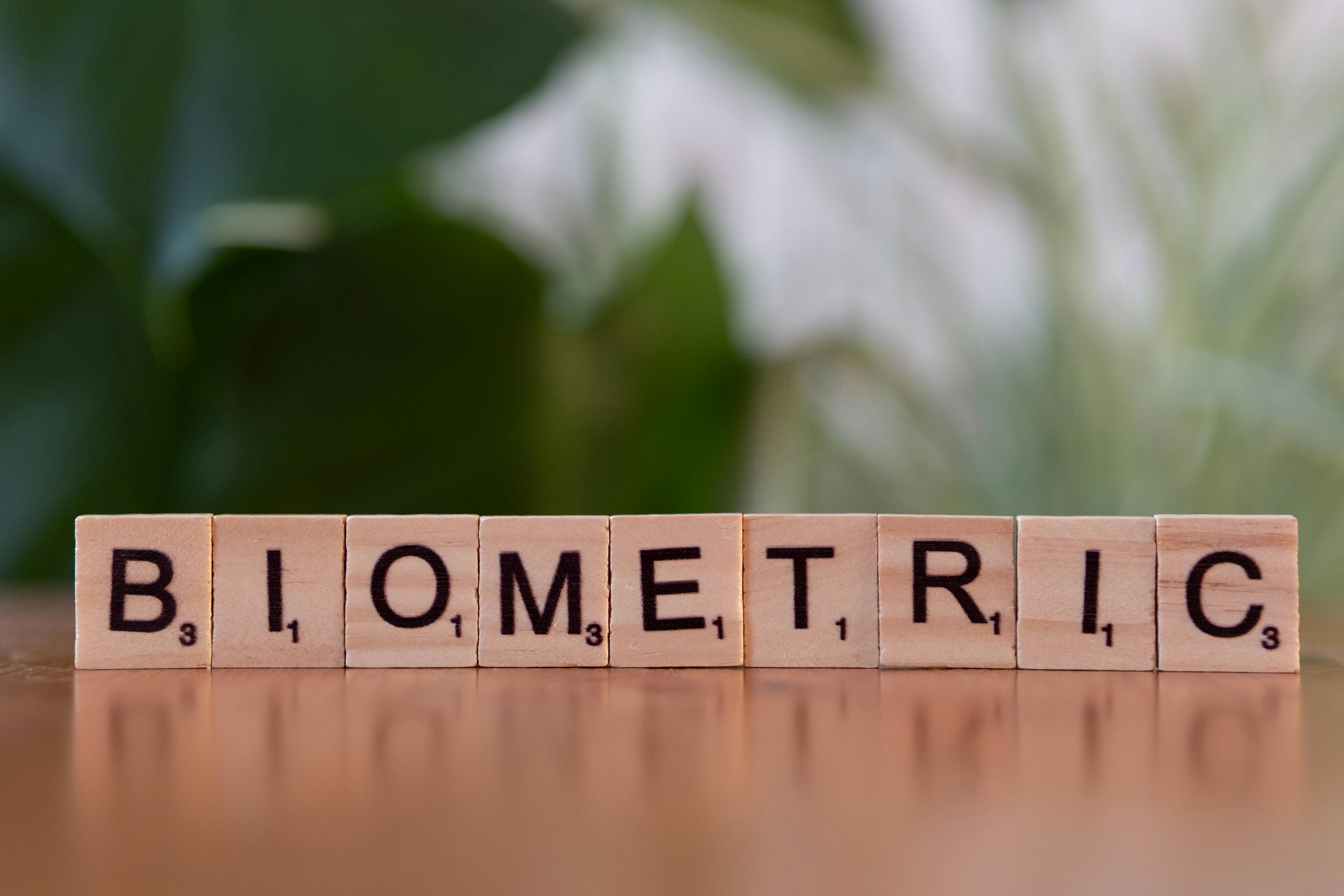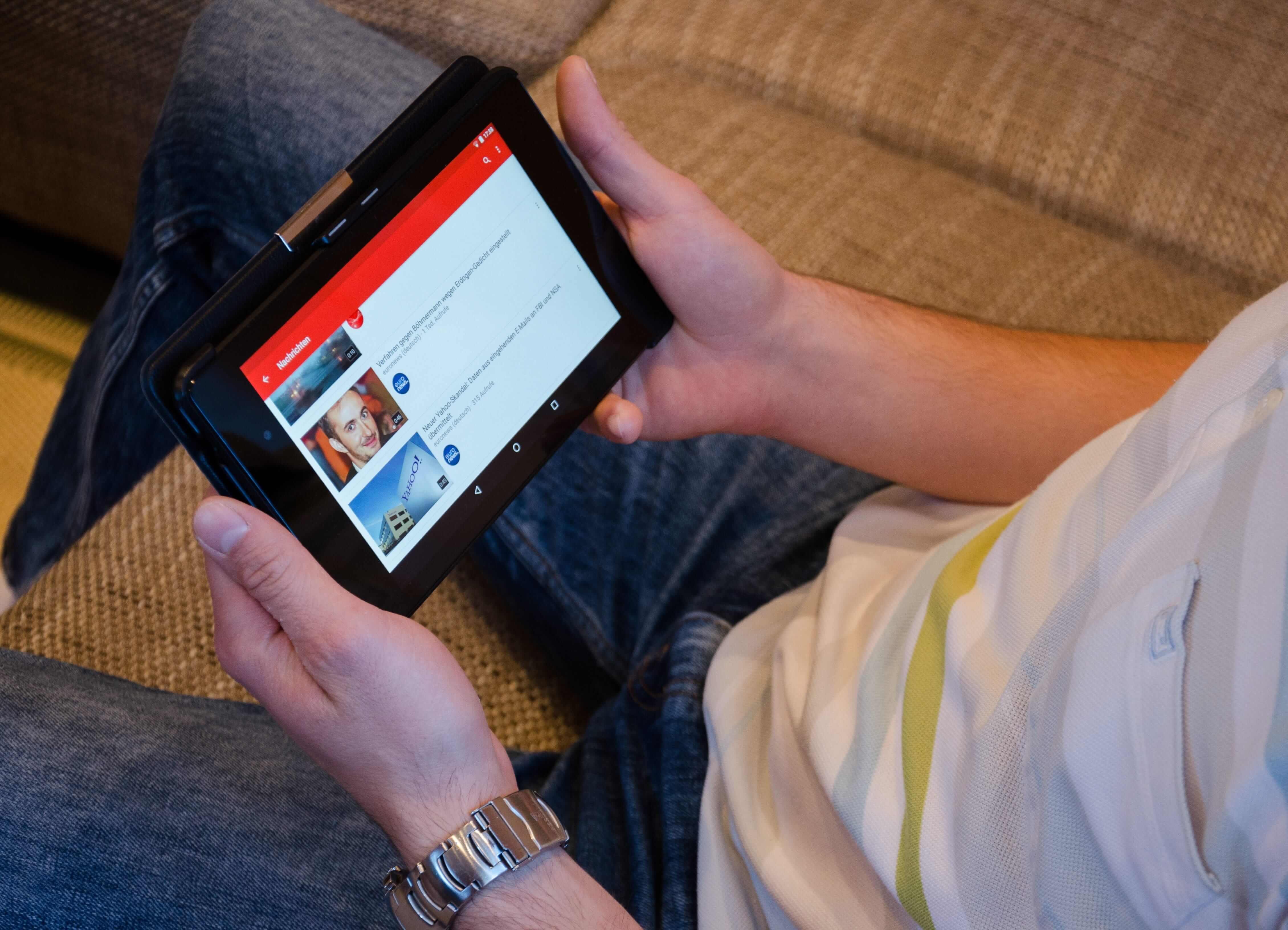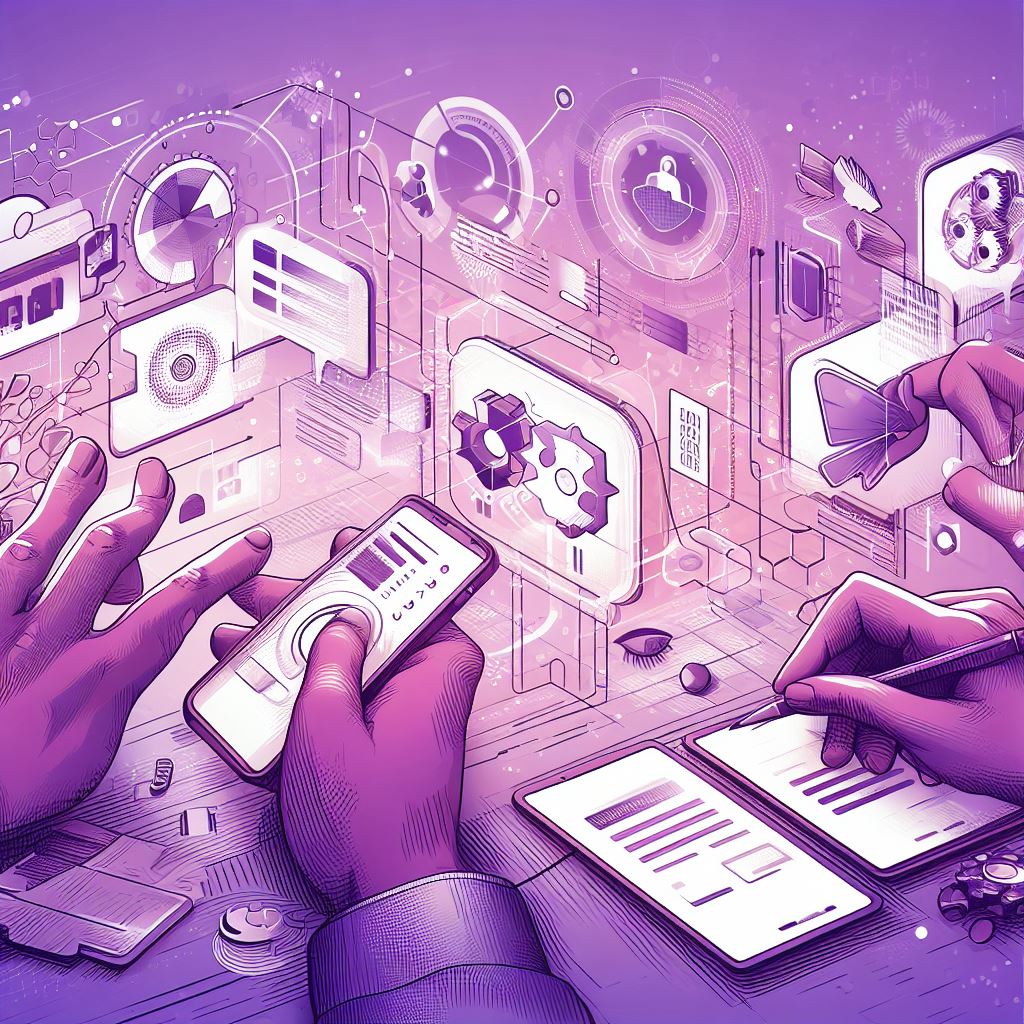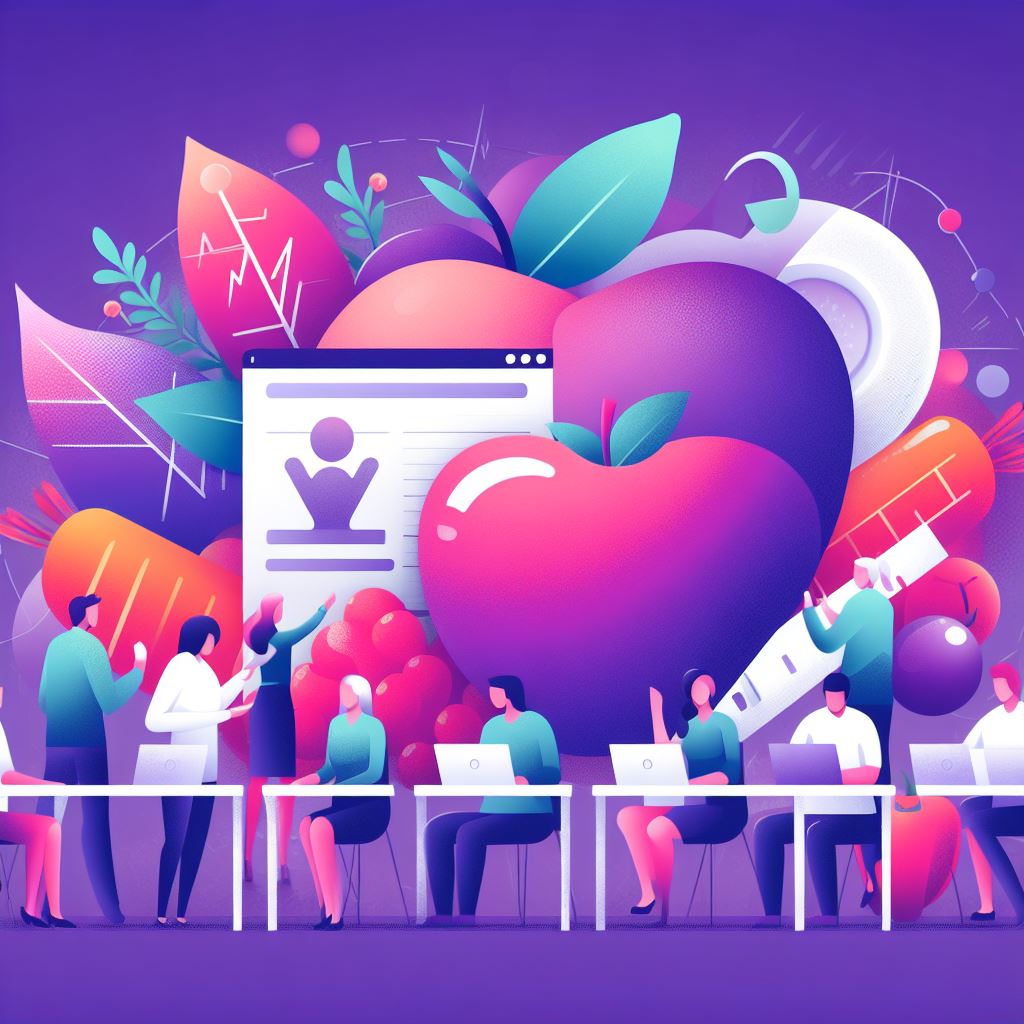Biometric Breaks: Using Wearables to Boost Focus and Mental Health at Work
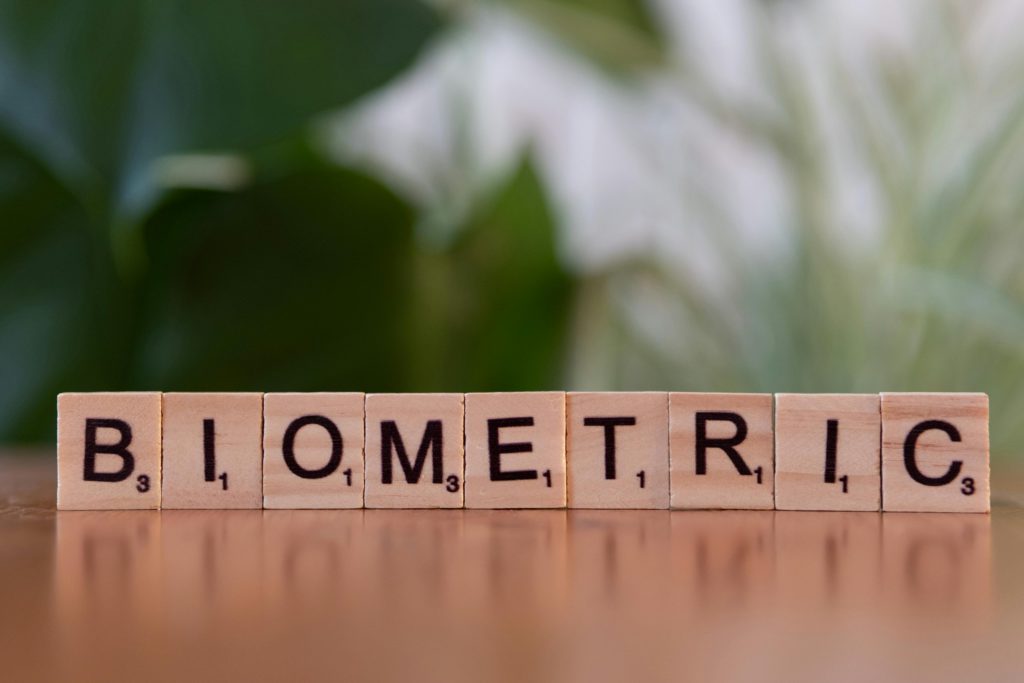
Biometric Breaks: Using Wearables to Boost Focus and Mental Health at Work
“The mind is a powerful thing. When you fill it with positive thoughts, your life will start to change.”
— Unknown
The Rise of Biometric Breaks
Picture this: In the middle of a stressful workday, your smartwatch gently vibrates—reminding you to pause, breathe, and walk for five minutes. It’s not just a digital alarm, but an ecosystem that tracks your heart rate, stress patterns, and even your emotional state. This is the transformative power of biometric breaks—short, science-backed pauses triggered by wearable tech to enhance focus and nurture mental well-being in today’s workplace.
Why Biometric Breaks Matter
Wearables, such as smartwatches and biometric sensors, have moved far beyond step-counting. Modern devices now monitor stress, sleep, heart variability, and even early signs of burnout—all in real time. According to Forbes, companies adopting these tools are seeing significant improvements in cognitive performance, reduced absenteeism, and higher employee satisfaction. By analyzing data on an individual’s physical and psychological state, organizations can tailor precisely-timed breaks to maximize focus and minimize fatigue.
The Science Behind the Pause
Heart Rate Variability (HRV): Wearables assess HRV, a key indicator of stress and recovery. A timely break when HRV dips can prevent cognitive overload.
Activity Tracking: Reminders to move counteract “sitting disease”—a major contributor to mental fog and physical decline.
Real-Time Stress Alerts: Devices nudge users for breathing exercises when stress spikes, a practice Gallup notes can raise workplace engagement and resilience.
Impactful Results and Trends
The Society for Human Resource Management (SHRM) reports that businesses introducing biometric-enabled break programs witness a notable boost in mental health scores and report lower insurance claims related to anxiety and depression. Adopted globally, these micro-interventions cultivate cultures of well-being—leading to healthier, more focused, and agile teams.
Making It Work: A Roadmap for Leaders
Start Small: Pilot wearable programs in high-stress departments and gather feedback.
Educate: Train employees to understand the value and privacy of their biometric data.
Personalize: Let individuals set preferences, ensuring the tech supports, not disrupts, their workflow.
Promote Balance: Encourage leadership to model healthy break behavior—showing breaks are not a luxury, but a necessity.
“If you take care of your employees, they will take care of your business.”
— Richard Branson
The Future Is Responsive
As we blend human intuition with real-time biometrics, workspaces become environments that actively protect and promote mental health. In the end, wearable tech shouldn’t just make us move—it should help us pause, refocus, and thrive.
Embrace biometric breaks. It’s not about working harder. It’s about working smarter, healthier, and with renewed energy—for people, teams, and organizations alike.
References
https://www.forbes.com/councils/forbesbusinessdevelopmentcouncil/2025/06/05/the-future-of-authentication-why-ai-and-biometrics-will-replace-passwords-for-good/
